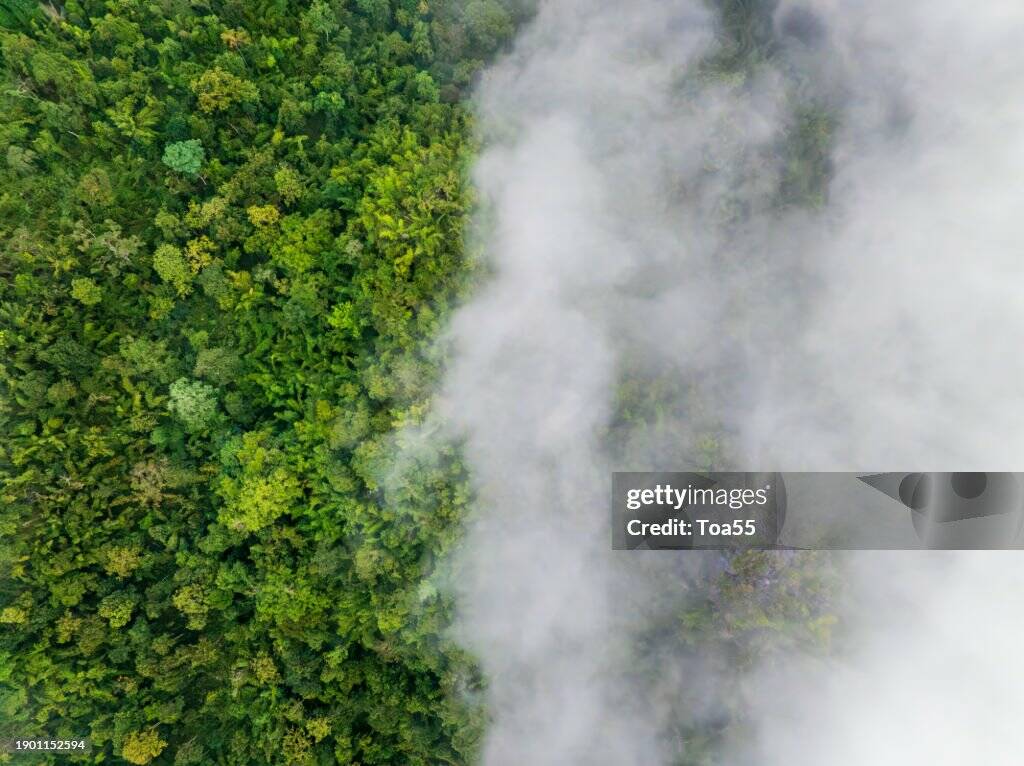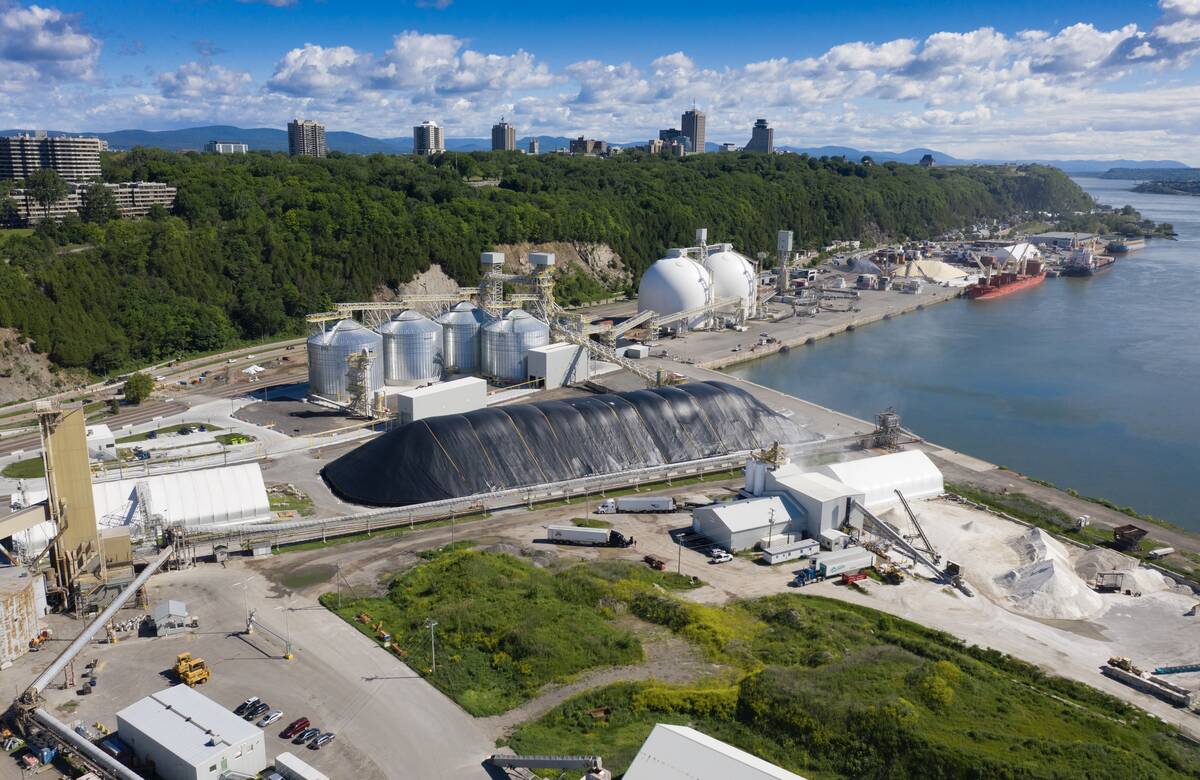Environmental offsetting contributes to land consolidation: report

Carbon offsets, tree planting, and other green initiatives are now significant contributors to the consolidation of farmland and displacement of farmers around the globe, according to a report from agriculture and environmental think-tank International Panel of Experts on Sustainable Food Systems (IPES).
WHY IT MATTERS: The United Nations Food and Agriculture Organization says that 20 per cent of large-scale land deals around the globe are the result of green grabbing.
The IPES report, Land Squeeze, it details a variety of converging factors pressuring farmers’ access to land, often in regions where land has already been consolidated into the hands of very few owners. Factors in play include large-scale purchases for perceived future returns in investment portfolios, expanded resource extraction, and more recently, the commodification of perceived environmental gains.
Read Also


Parrish & Heimbecker acquires bulk marine export terminal in Quebec City
Parrish & Heimbecker, Limited (P&H) is expanding its grain handling capabilities in Eastern Canada with the acquisition of a deep-water bulk marine export terminal from Societe En Commandite Terminal Grains in Quebec City.
The report says that as environmental goals are enshrined in international environmental agreements, interest in land-based conservation, carbon removal and carbon offsetting – that is, compensating for emissions produced elsewhere – is rising. This is “unleashing a new wave of ‘green grabs’, which now account for around 20 per cent of large-scale land deals,” the report states.
The report summary continues:
“Governments and large corporations are appropriating huge swathes of land through top-down conservation schemes that exclude local land users and small-scale food producers – those bearing the brunt of climate change – including carbon and biodiversity offsets, ‘biodiversity net gain’ initiatives, and large-scale (non-biodiverse) tree planting schemes.” An example pointed to is Shell, which the report authors say has earmarked US$450 million for offsetting projects.
Data lacking
Speaking during a National Farmers’ Union seminar, Sofía Monsalve Suárez, panel member with the international Sustainable Food Systems organization, reiterates environmentally-driven land consolidation is a particular problem in places like Latin America. Because smaller scale farmers tend to be the ones feeding local communities, the food sovereignty of communities facing “green grabbing” is degraded along with land access.
The true extent of the issue is hard to pin down. Suárez says the data used to generate their analysis comes from national agriculture sector data sets, which are frequently missing key indicators such as whether a given piece of land is or is not owned by a corporation. According to James Hannay, policy analyst with the NFU, even very developed countries such as Canada can have significant gaps in agriculture-related data sets.
Statistics Canada’s agriculture last census, for example, lists the largest farm size category as “3,250.00 acres and over ” – despite the fact there are many Canadian farms that are much larger. To gain a clearer picture on Canadian farm sizes, Hannay says he had to pay $1,000 to StatCan for its disaggregated data, only to find it still did not paint a complete picture.
Hannay adds he has heard cases in some provinces where data access has cost those looking for such information tens of thousands of dollars.
Financialization of land
Even if complete data was available for every country, it can be difficult for Canadians and other members of highly economically developed nations to notice green grabbing happening. This, Hannay says, is because most land purchased for the purposes of carbon and biodiversity offsetting occurs in other parts of the world.
However, some of the key actors are relevant domestically. Suárez highlights Canadian company Manulife Investment Management as an example. The company, she says, controls 2.4 million hectares worldwide, including “nature-based assets” like timber and agriculture land.
“They have forestry properties in the United States, New Zealand, Australia, Chile, Brazil and Canada, and agricultural properties in the United States, Australia, Chile and Canada as well,” she says, adding the transnational accumulation of such resources is also worrying from a democratic perspective.
“If very powerful actors control such vast amounts of land, you can imagine what it means for the population in these countries.”
While environmental offset-motivated land purchase might be comparatively rare in Canada, Hannay says the financialization of land is more common.
“People are being displaced both in Ontario and South America, although in very different ways…I think it’s important we are now seeing the breakdown of the productive value of land in relation to its financial value, its market value,” he says. Globally, Hannay says green-grabbing represents a new method by which governments and large transnational actors are perpetuating long-standing land consolidation trends.
“To say climate change and emissions, of which agriculture contributes to both, is being used as a way to acquire more agricultural land through green grabbing while also contributing to [climate change] – It sort of runs in its own virtuous cycle, or vicious cycle, where the solution hinges on existing patterns and forces that make things worse for farmers and peasants and pastoralists, whatever word you want to use for people who work on the land. It’s seen as the solution and peddled as that.”
Source: Farmtario.com


